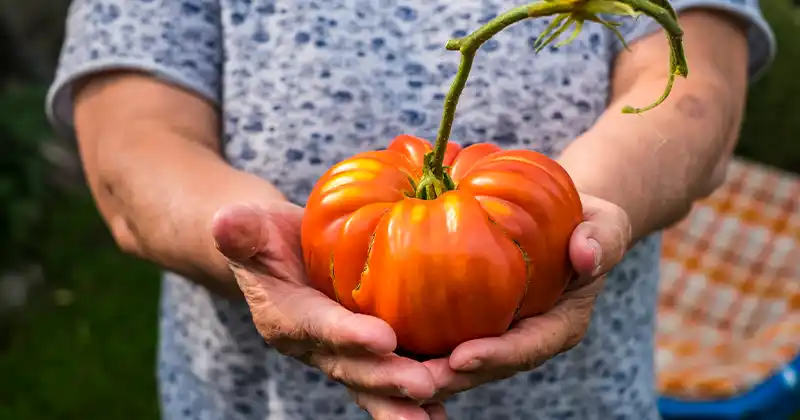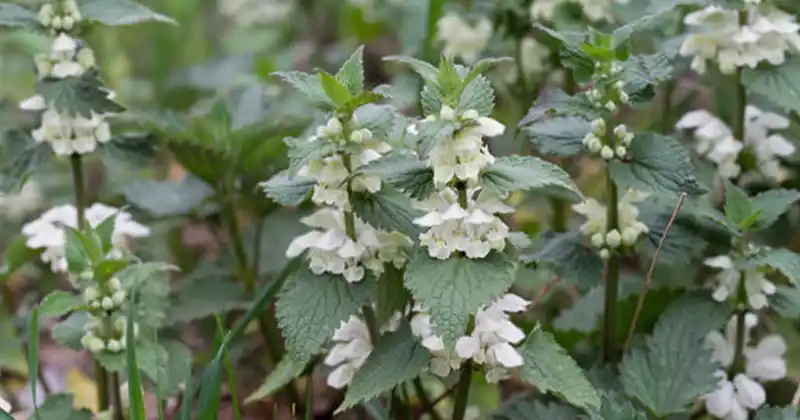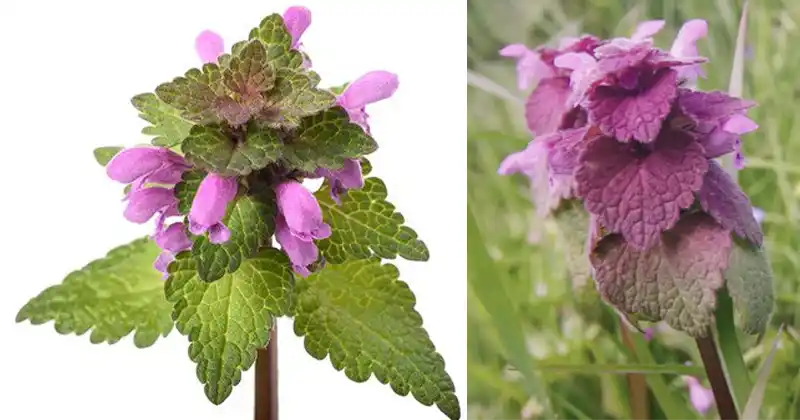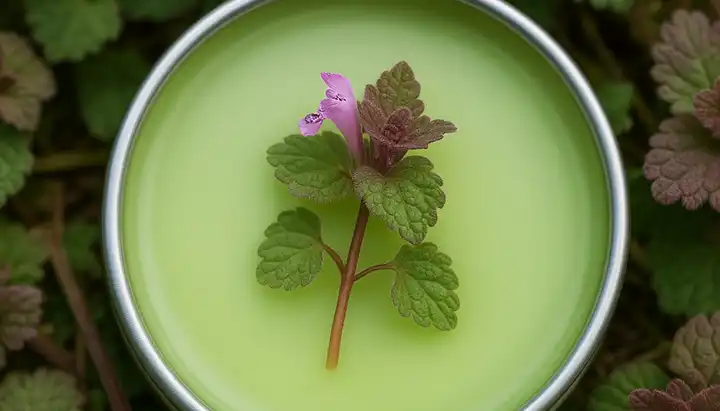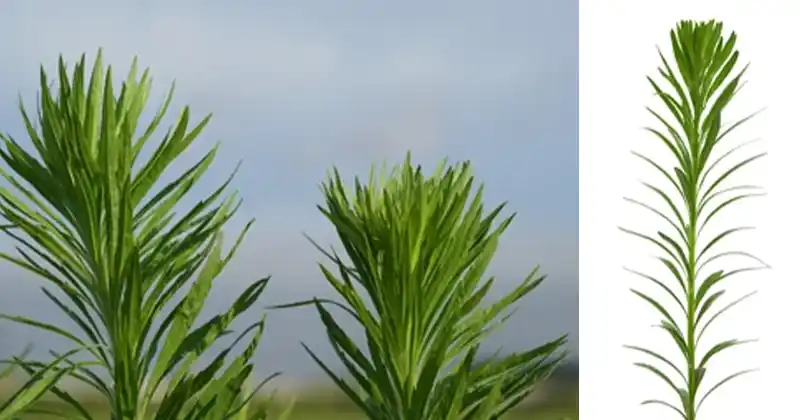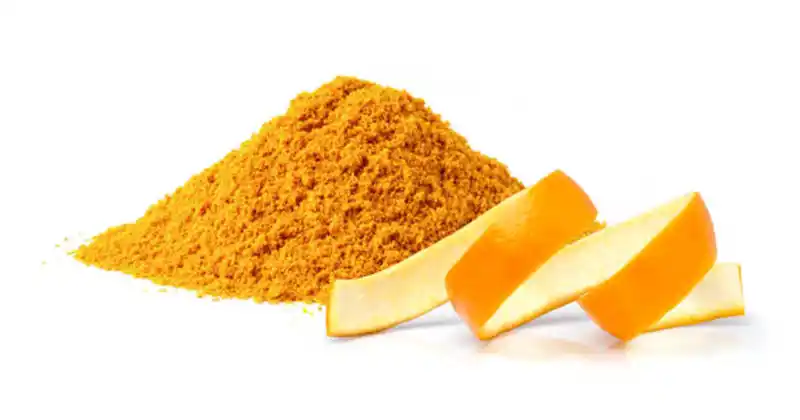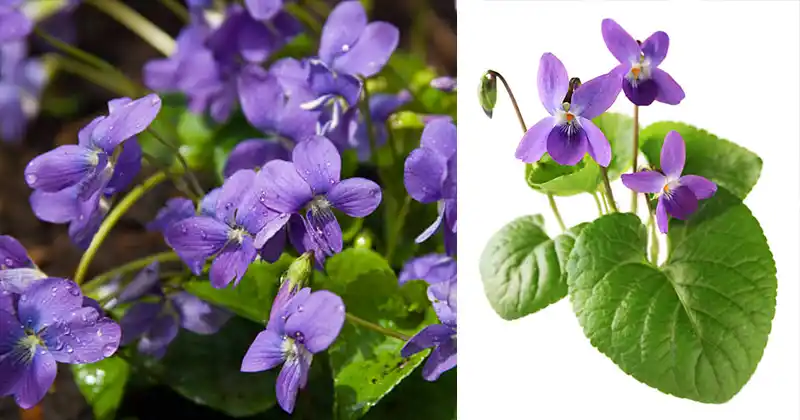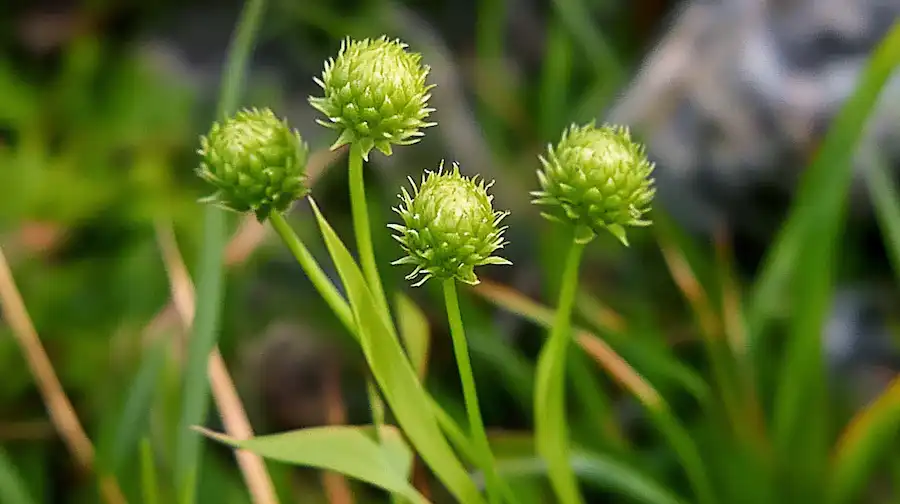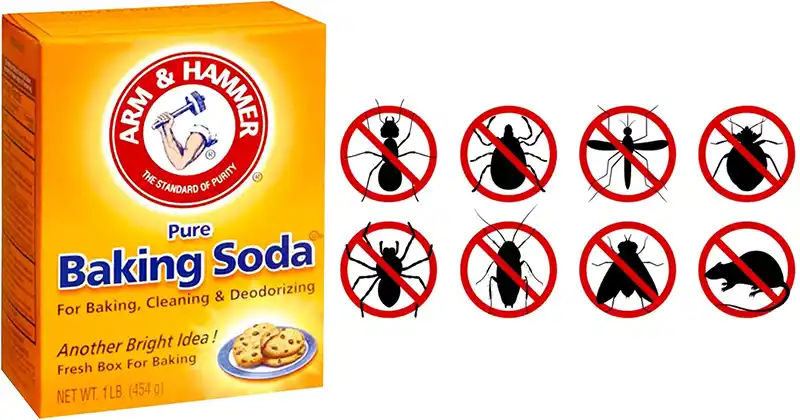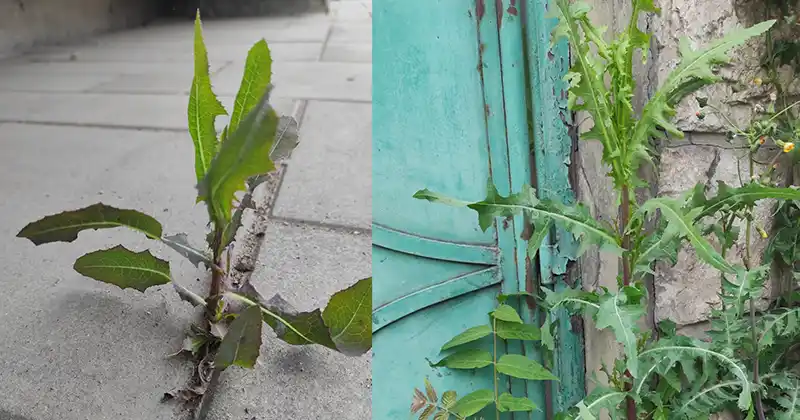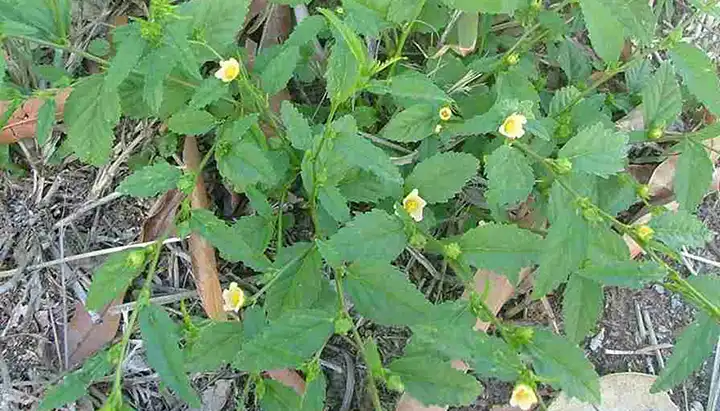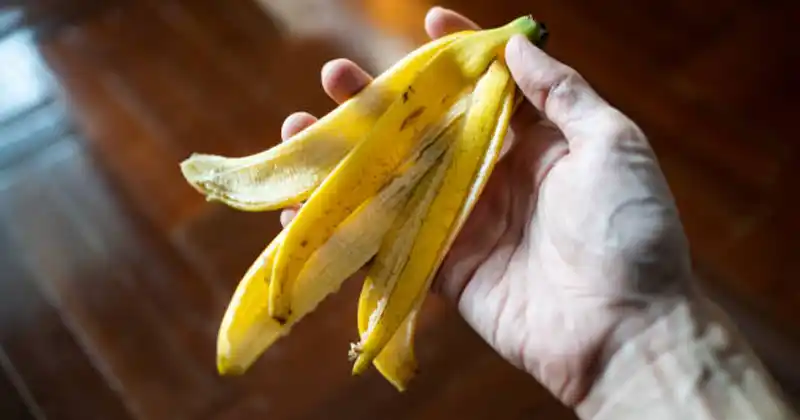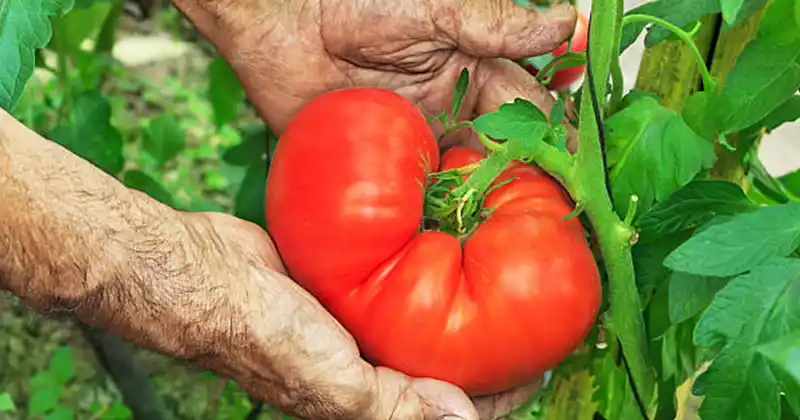How and Why to Grow Cucumbers in a Herringbone Pattern
Cucumbers are a staple in many gardens due to their relatively easy cultivation process and versatile use in the kitchen. One innovative method to maximize yield and garden aesthetics is growing cucumbers in a herringbone pattern. This method not only optimizes space but also promotes healthier plants. Here’s how and why you should consider this pattern for your cucumber plants.
The Benefits of a Herringbone Pattern
Maximizes Space: The herringbone pattern allows you to plant more cucumbers in a limited area.
Improves Air Circulation: The arrangement promotes better airflow between the plants, reducing the risk of diseases.
Enhances Sunlight Exposure: Each plant receives ample sunlight, essential for growth and fruit production.
Facilitates Harvesting: The clear structure of the herringbone pattern makes it easier to spot and pick the cucumbers.
Aesthetic Appeal: The distinctive pattern adds an element of visual interest to your garden.

Step 1: Planning Your Space
Location: Choose a sunny spot in your garden. Cucumbers require full sun to thrive.
Soil Preparation: Ensure the soil is rich, well-draining, and slightly acidic to neutral (pH 6.0-7.0). Enrich the soil with compost or well-rotted manure before planting.
Spacing: Plan for each cucumber plant to have at least 18 inches of space on all sides to accommodate the spread of the herringbone pattern.
Step 2: Creating the Herringbone Structure
Materials: You’ll need sturdy stakes (like bamboo) and garden twine or netting.
Installation:
- Place two rows of parallel stakes about 18 inches apart.
- In each row, angle the stakes so they intersect at the top, forming a series of ‘X’ shapes when viewed from the end of the row.
- Secure the stakes at the top where they intersect.
- Repeat this process, ensuring each ‘X’ is about 18 inches away from the next.
- Connect the stakes with twine or netting to provide support for the growing plants.
Step 3: Planting and Training the Cucumbers
Sowing Seeds:
- Plant cucumber seeds directly into the prepared soil, placing them at the base of each stake.
- Water the seeds well and keep the soil consistently moist until germination.
Training the Vines:
- As the cucumber plants grow, gently guide the vines up the stakes.
- Use soft plant ties or clips to attach the vines to the twine or netting.
- Regularly prune lateral branches to encourage vertical growth and improve air circulation.
Step 4: Ongoing Care
Watering: Cucumbers require regular watering. Keep the soil consistently moist but not waterlogged.
Fertilizing: Feed the plants with a balanced fertilizer every 4-6 weeks during the growing season.
Pest and Disease Management: Monitor for signs of pests or diseases. Use organic methods like neem oil or insecticidal soap to manage infestations.

Step 5: Harvesting
Timing: Harvest cucumbers when they are medium-sized, firm, and their skin is bright green.
Method: Cut the cucumbers from the vine with a sharp knife or scissors to avoid damaging the plant.
Growing cucumbers in a herringbone pattern is a practical, space-efficient, and visually appealing method. It not only enhances the productivity and health of your cucumber plants but also adds an organized structure to your garden. With the right care and attention, your herringbone cucumber garden will be a source of pride and fresh produce throughout the season. Happy gardening!
